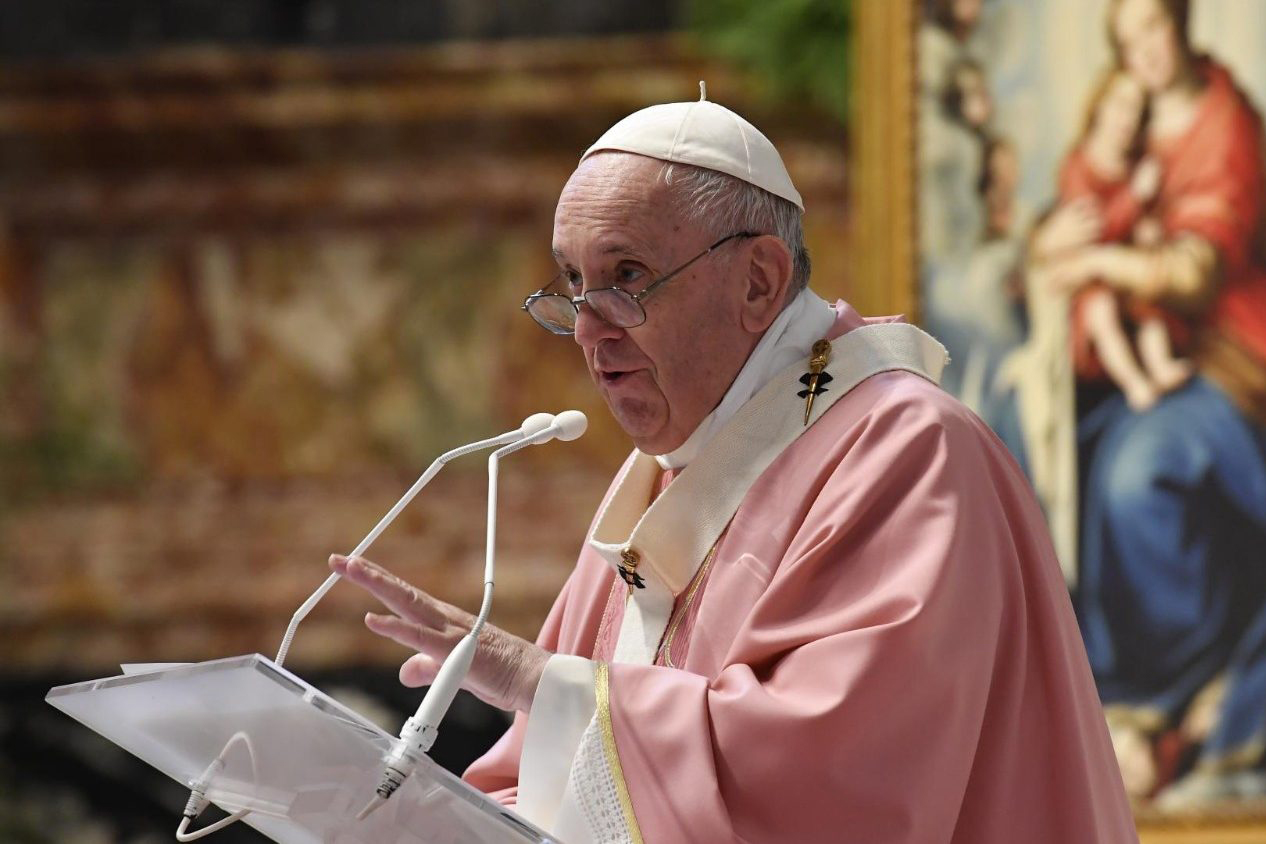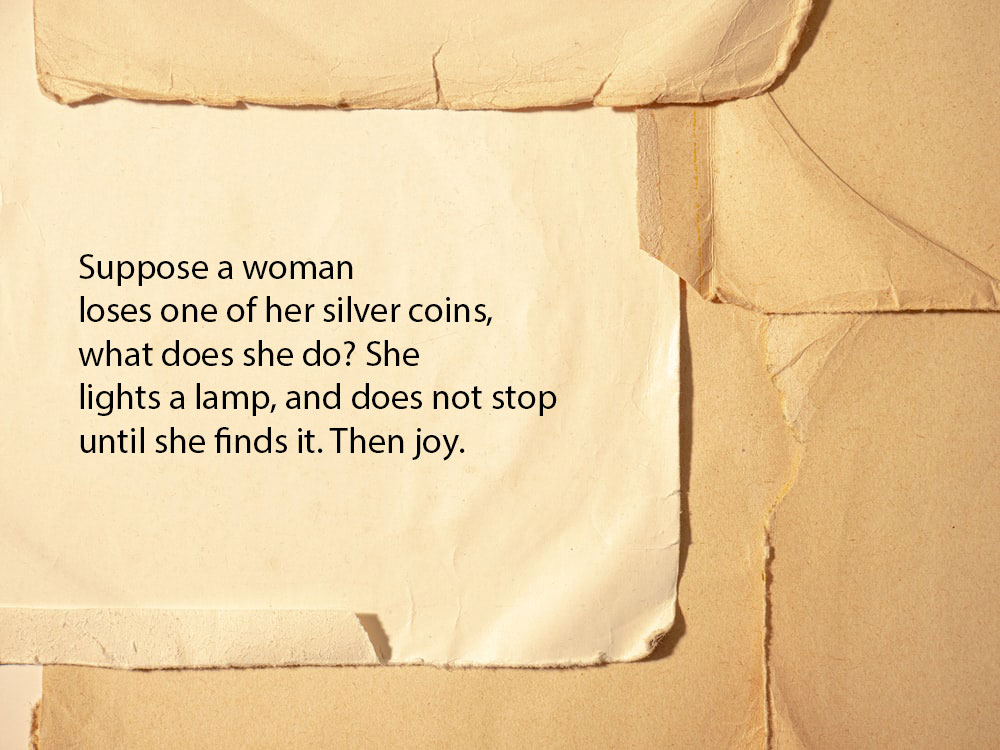
By Louise P. Abesa
A country should sustain at least 7% GDP growth for 15 consecutive years for it to be considered a developed nation (The Jakarta Post, Thursday, November 2, 2023). Every Filipino should be responsible enough to take to heart the duty of helping the leaders of the country keep the economy rolling. It would be great if everyone who has the capacity to work and earn his or her keep, even the senior citizens, would engage in productive work.
On June 24, 2021, Bloomberg gave tribute to the late former President Benigno Simeon Cojuangco Aquino III by citing the economic achievements of his administration. President Noynoy’s government performed best among the 7 past administrations (Presidents Ferdinand E. Marcos, Sr., Corazon Cojuangco- Aquino, Fidel Valdez Ramos, Joseph Ejercito Estrada, Gloria Macapagal-Arroyo, Benigno Simeon Cojuangco Aquino III, Rodrigo Roa-Duterte) as regards economic growth and stability with 6.2% average of GDP growth and 2.7% average of inflation rate. Twice, the GDP growth of the Philippines during his watch exceeded 7%. Please refer to table of Economic and Energy Performance of Philippine Presidents plus ASEAN-3 that supplements the June 28, 2021 article of Bienvenido S. Oplas Jr. (bworldonline.com).

President Bongbong Marcos had been hoping that the 2023 GDP growth of the Philippines will be at 6% to 7%. But an October 3, 2023 Press Release (no.23/331) by the International Monetary Fund had this projection: “The Philippine economy has emerged strongly from the pandemic but has since confronted a confluence of global shocks. Following a slowdown in the second quarter of 2023, economic growth is projected to bounce back to 5.3% in 2023 and to 6% in 2024.
I guess it is alright for Filipinos to dream that the Philippines would someday be like Singapore or Japan or at least to be at par with Indonesia. But that dream should be coupled with hard work and responsible fulfillment of one’s civic duties.
The late President Noynoy Aquino has seen our likeness with Indonesia in terms of latitudinal geographic location and the socio-economic-cultural realities that go with being an archipelago (Ref. September 22, 2014 Speech of President Benigno Simeon Cojuangco Aquino III at the Kennedy School of Government, Harvard University). Indonesia is one of the emerging economies in the world and the largest in Southeast Asia (en.m.wikipedia.org).
The closest neighbor of the Philippines in the south is an upper-middle income country and is classified as a newly industrialized country. It is the 16th largest economy in the world by nominal GDP and the 7th largest in terms of GDP (PPP- Purchasing Power Parity). The Philippines can learn a lot from Indonesia. In 2016, the Philippines’ per capita GDP was close to two-thirds of Indonesia’s; the gap was bigger in PPP, though. (https://www.forbes.com 2017/02/04).
It is interesting and edifying to note that there are lawmakers, like Congresswoman Arlene Brosas of Gabriela Party-list, who promote the welfare of Filipino workers. She supports bills on the security of tenure of workers (Cepeda, Mara August 5, 2019, “Despite Duterte Veto: Makabayan bloc refiles anti-endo bill in house”. Rappler Retrieved 2020-06-04).
The developments in the Roman Catholic Church are also encouraging. The hierarchy exhorts the faithful to responsibly fulfill their civic duties. The bottom line of Synodality, as Cardinal Oswald Gracias of Mumbai, India and some others who work closely with the Holy Father see things, are the realization of the faithful’s baptismal responsibilities and the consciousness of the impact of the Church on civil society. It would be great if the hierarchy of the local Churches in the Philippines and the lay faithful can also help other Filipino citizens be conscious of helping the government achieve a 7% GDP growth (or thereabouts: 6-8%) for at least 15 years.
Happy Christmas and a Blessed New Year 2024 to everyone!









